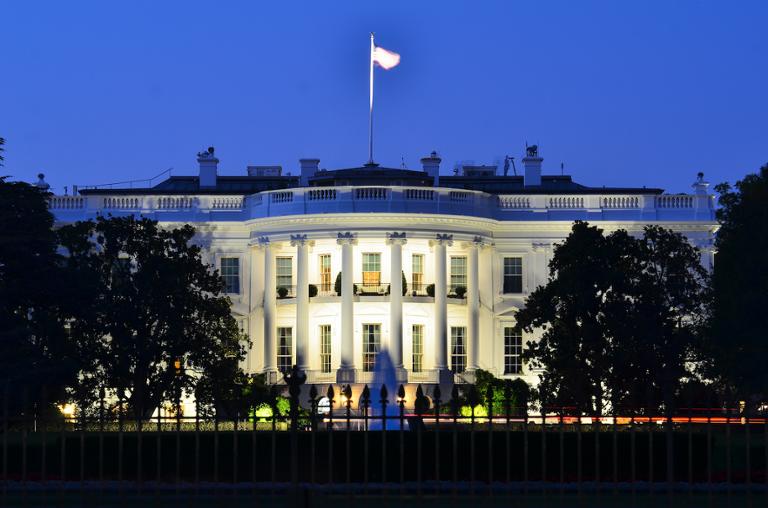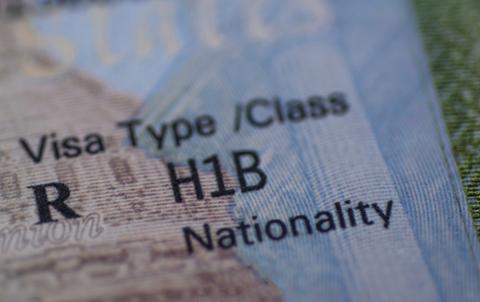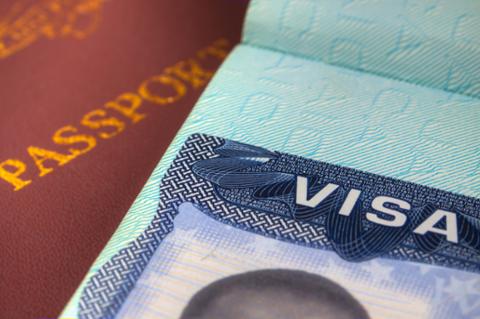President Trump’s recent executive order will require federal agencies to review their use of subcontractors that rely on “temporary foreign labor.” What impact will it actually have on the federal government’s use of H-1B workers, particularly in a technology context?
Under the terms of the August 3 order, federal agencies and executive departments have 120 days to review those contracts and subcontracts for fiscal years 2018 and 2019, and then determine whether the use of any foreign workers impacted the ability of American workers to get hired instead.
Depending on those reviews, further action is possible. “The head of each agency that enters into contracts shall assess any negative impact of contractors’ and subcontractors’ temporary foreign labor hiring practices or offshoring practices on the economy and efficiency of Federal procurement and on the national security,” the order continues, “and propose action, if necessary and as appropriate and consistent with applicable law, to improve the economy and efficiency of Federal procurement and protect the national security.”
There’s also an explicit opening for the executive branch to step in and adjust policy:
“Within 45 days of the date of this order, the Secretaries of Labor and Homeland Security shall take action, as appropriate and consistent with applicable law, to protect United States workers from any adverse effects on wages and working conditions caused by the employment of H-1B visa holders at job sites (including third-party job sites), including measures to ensure that all employers of H-1B visa holders, including secondary employers, adhere to the requirements of section 212(n) (1) of the Immigration and Nationality Act (8 U.S.C. 1182(n)(1)).”
In other words, the current executive order is unlikely to do much with regard to the current use of H-1B workers by federal contractors. As Bloomberg Law points out, the parts of the order dealing with outsourcing and national security are unlikely to yield any significant findings about misuse, since contractors are already strict about what kinds of information certain workers can access. However, this order could become the foundation for further orders that have an appreciable impact on how the federal government uses its contractors, and which workers, in turn, those contractors use.
Over the past few years, the Trump administration has made it clear that it intends to change how the federal government processes visas. At the end of July, U.S. Citizenship and Immigration Services (USCIS) announced that it would adjust fees for visas, including the H-1B. Those fee changes, including a $4,000 charge for H-1B renewals, could earn USCIS as much as an additional $200 million per year.
Under the Trump administration, the H-1B application denial rate for large subcontractors and business-services firms, including Deloitte and Cognizant, has skyrocketed. And that was before Trump placed a temporary ban on new H-1B applications altogether in mid-July.
At the moment, these policy moves are framed as a way to open up more opportunities to unemployed workers during the COVID-19 pandemic. “In the administration of our Nation’s immigration system, we must remain mindful of the impact of foreign workers on the United States labor market, particularly in the current extraordinary environment of high domestic unemployment and depressed demand for labor,” the order temporarily banning H-1Bs states. “Historically, when recovering from economic shocks that cause significant contractions in productivity, recoveries in employment lag behind improvements in economic activity.”
Of course, the upcoming presidential election will determine whether these policies hold. Subcontractors and business-services firms also haven’t been shy about threatening lawsuits over H-1B policies, which could make the next few years even more interesting.


